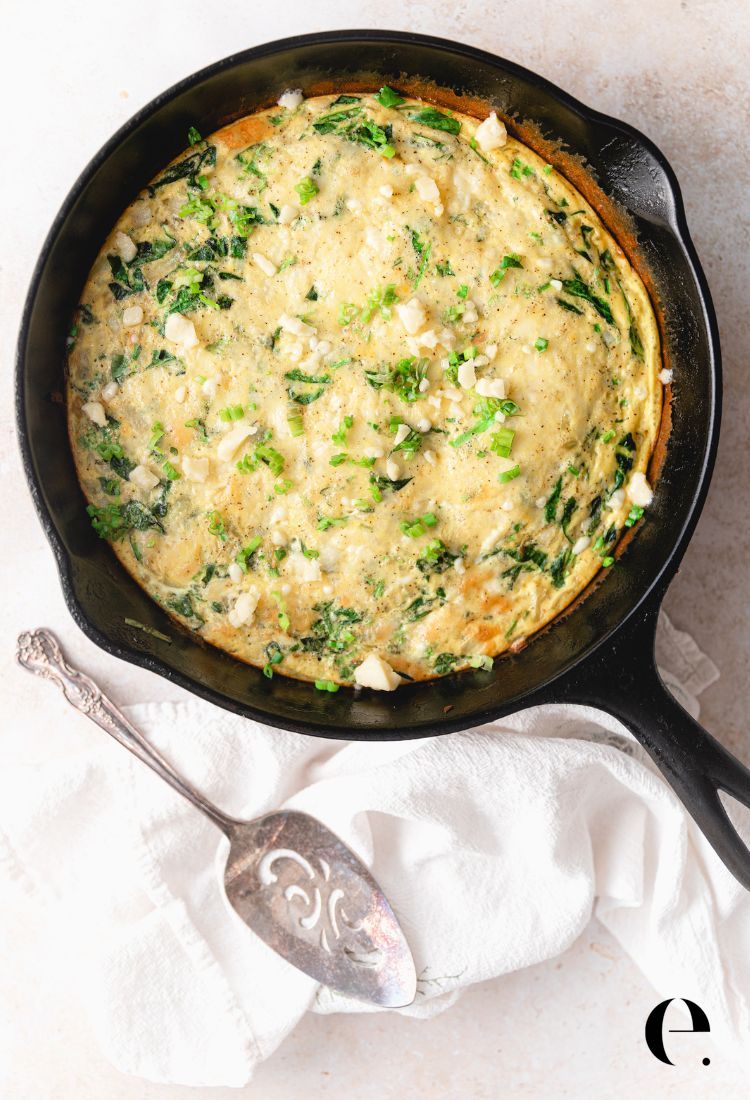
Learning to whip up a quick frittata at home is a recipe and method that every healthy home cook should have in their recipe repertoire.
I’ve given you specific recipes like my Spring Veggie Frittata with Asparagus & Leeks and Spinach Frittata, so in this article, I want to cover all of the best tips and tricks for you to learn how to make an awesome meal at home with what you have in the refrigerator.
A frittata is an egg-based dish similar to an omelet or a crustless quiche. It’s known for its flexibility and versatility, which makes it a great meal prep meal or entertaining meal. The word “frittata” roughly translates to “fried” in Italian.
Think of a frittata as a blank canvas where you can add whatever ingredients you like. You can use almost any vegetable you have in your fridge, like spinach, onions, bell peppers, herbs, or mushrooms. You can also add different cheeses, meats, or herbs to create new flavors.
Frittata Quick FAQs:
- What is a frittata? A frittata is made by beating eggs and mixing them with various ingredients such as vegetables, meats, cheeses, and herbs. The mixture is then cooked in a skillet, starting on the stovetop and often finished in the oven. They’re known for their versatility as you can include almost any combination of ingredients, making them a great option for using up leftovers.
- What’s the difference between a quiche and a frittata? A quiche and a frittata are very similar, the main difference being that a frittata does not have a crust. Think of a frittata as a crustless quiche.
- What kind of pan is best for frittata? A non-stick skillet or well-seasoned cast iron skillet is best for a frittata. If using the oven method to set the eggs on top, you’ll want to make sure your pan is oven-safe. if your pan is not oven-safe, you can use a lid to trap heat and steam and finish the frittata on the stovetop. See tips below for pan size recommendations.
- Do you flip a frittata? You do not have to flip a frittata. You can finish it in the oven, under a broiler, or with a lid on the stovetop so you don’t have to flip it and risk ruining it.
They can be served hot or at room temperature, making them ideal for breakfast, brunch, lunch, or even dinner.
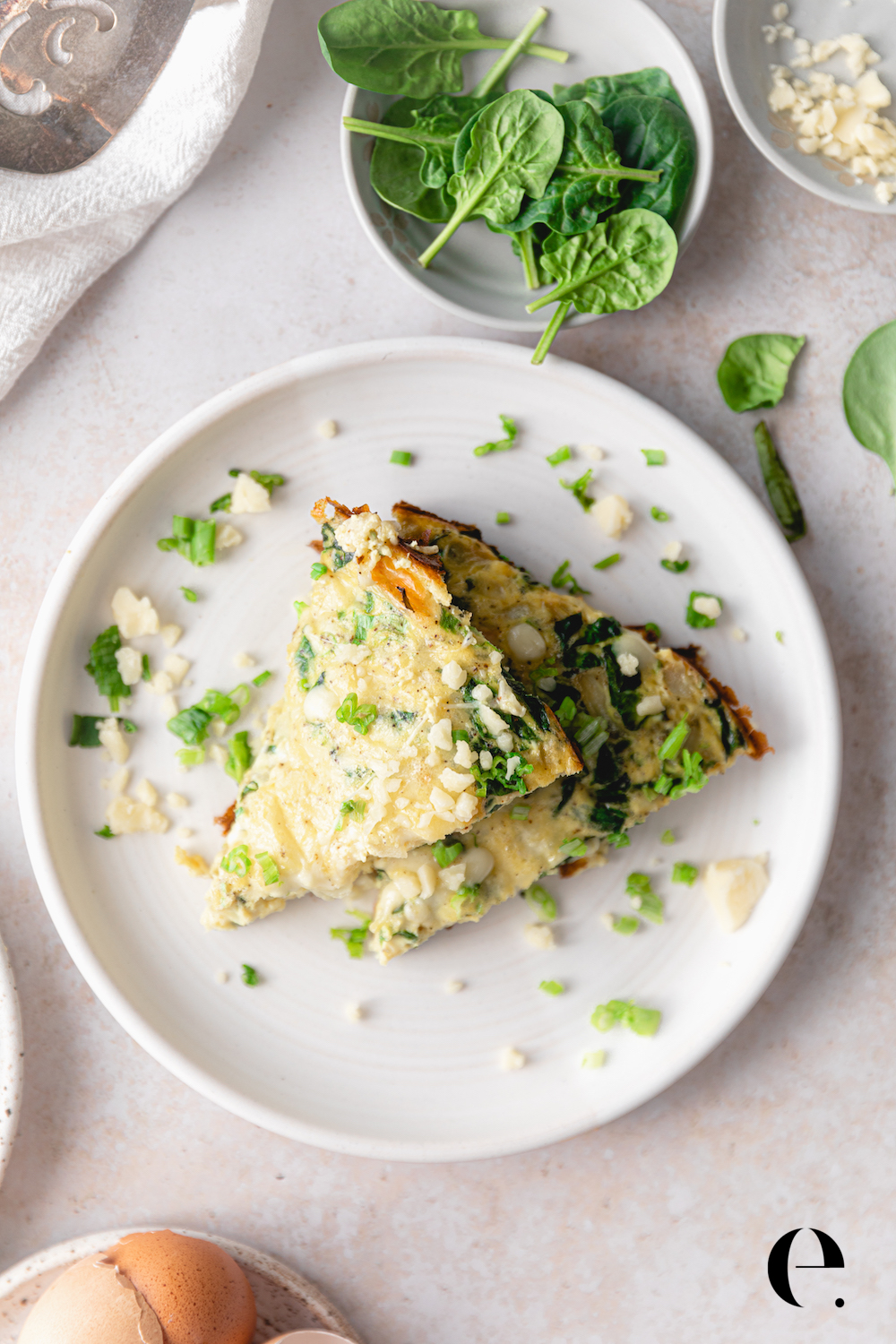
Frittata Serving Size & Egg Ratios
When making a frittata, the size of the pan you use and the ratios of eggs to fillings are crucial for achieving the perfect texture and serving size. Here’s a guide to help you:
- For 3-4 Servings: Use a 10-inch skillet and 5 to 6 eggs and 2-3 cups total of vegetables, meats, or cheeses. This will yield a frittata that’s about 1-inch thick and serves 3 to 4 people comfortably.
- For 6-8 Servings: If you’re serving a larger group, double the ingredients and use a 12-inch skillet. That means use a 12-inch skillet, 10 to 12 eggs, and 4-5 cups of vegetables, meats, or cheeses. This will yield a frittata that’s about 1 – 2 inches thick and comfortably serves 6 to 8 people.
- Adjusting for Different Sizes: If you’re using a different size skillet, you can adjust the number of eggs and fillings accordingly. For an 8-inch skillet, use 3 to 5 eggs and about 1-2 cups of fillings. For a 14-inch skillet, use 16 to 20 eggs and about 5 to 6 cups of fillings.
- Cooking Time: Keep in mind that the cooking time may vary based on the size of your pan. A larger frittata in a 12-inch skillet may take a few minutes longer to cook than a smaller one in a 10-inch skillet.
How to Make a Frittata (Tips & Tricks):
- Choose the Right Pan: Use a non-stick skillet or well-seasoned cast iron pan that is oven-safe if you plan to finish your frittata in the oven.
- Whisk the Eggs Well: Beat the eggs thoroughly with a whisk or fork to incorporate air, which will make your final result light and fluffy.
- Season the Eggs: Add salt and pepper to the beaten eggs before adding them to the pan. This ensures that your frittata is well-seasoned throughout.
- Cook Fillings First: Sauté your chosen vegetables and meats before adding the eggs. This ensures that they are fully cooked and adds flavor to the dish.
- Cook Low and Slow: Cook the frittata on low heat to ensure that the eggs cook slowly and evenly. This prevents the bottom from burning while the top remains uncooked.
- Choose Your Finishing Option to Set the Top: If you’re finishing your frittata in the oven, make sure to preheat it before you start cooking. To finish the top and cook through (it’s done when the eggs don’t giggle when you shake the pan) :
- Oven method: When you start the process, preheat your oven to 375°F (190°C). Place skillet in the oven for 5-10 minutes to set the top. Cut into wedges and serve hot, warm, or at room temperature. (Be sure your pan handle is safe for the oven.)
- Broiler method: Broil for 1-2 minutes to set the top. Watch it closely to make sure it doesn’t burn. (Be sure your pan handle is safe for the oven.)
- Lid method: Cover the skillet with a lid and let the frittata cook over low to medium heat. The steam trapped by the lid will help the top set. Cook for about 10-15 minutes, or until the eggs are just set on top and the bottom is golden brown.
- Let it Rest: Once your frittata is cooked, let it rest for a few minutes before slicing. This allows it to set and makes it easier to cut.
- Serve: Cut the frittata into wedges and serve hot, warm, or at room temperature. Store leftovers in an airtight container in the refrigerator up to 3 days (though we find it keeps best for about 2 days).
- Experiment with Flavors: Don’t be afraid to try new combinations of ingredients. Frittatas are a great way to experiment with different flavors and use up any leftovers you have in the fridge.
Recipes:
- Spring Veggie Frittata with Asparagus & Leeks
- Spinach Frittata
- 13 Ways to Cook Eggs
By following these tips and tricks, you’ll be able to make a delicious and versatile meal that’s perfect for any meal of the day. Happy cooking!
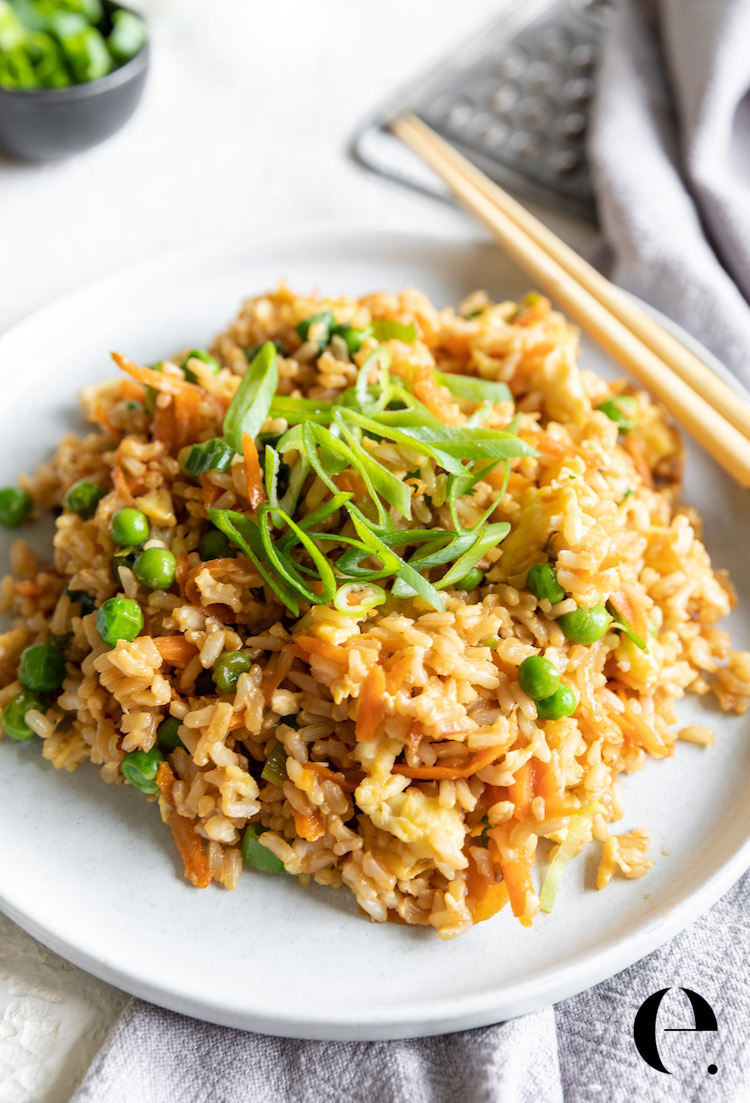
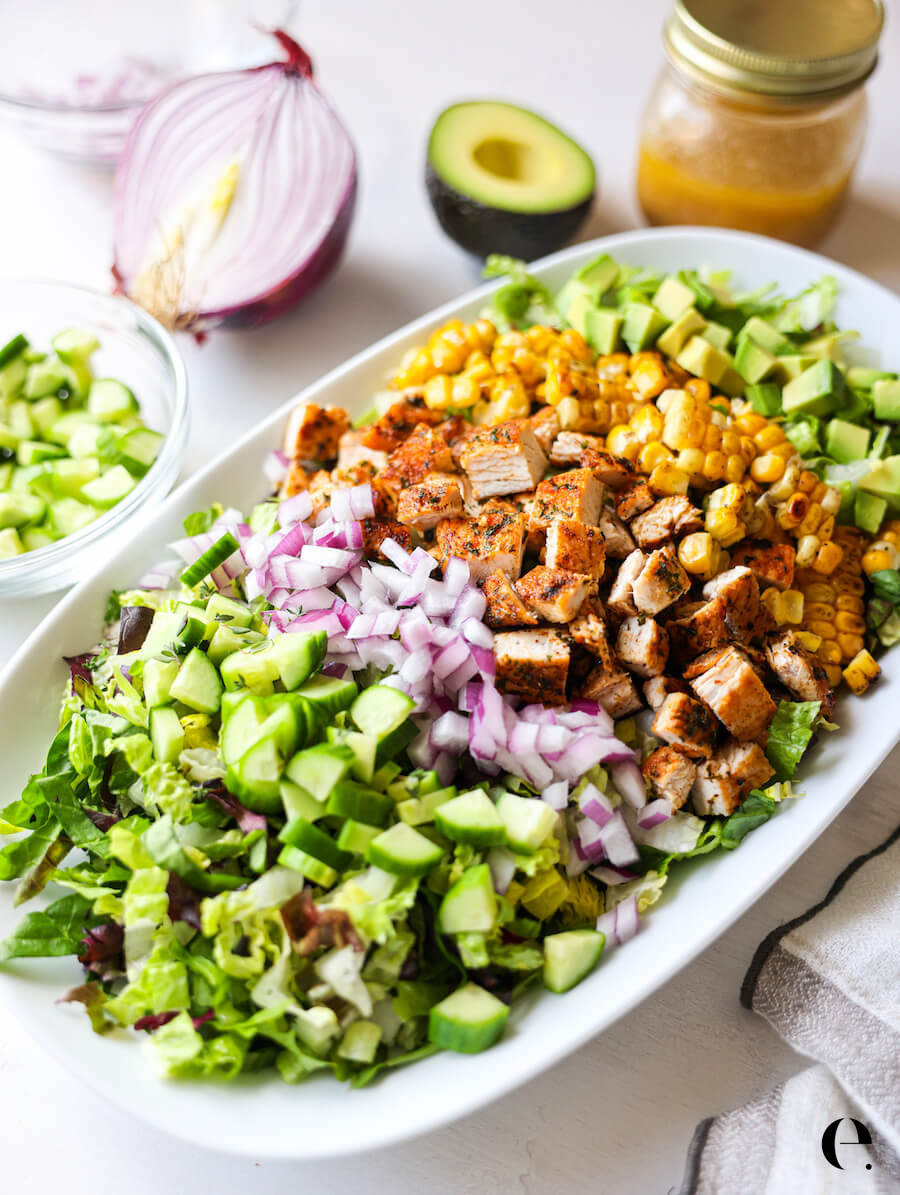
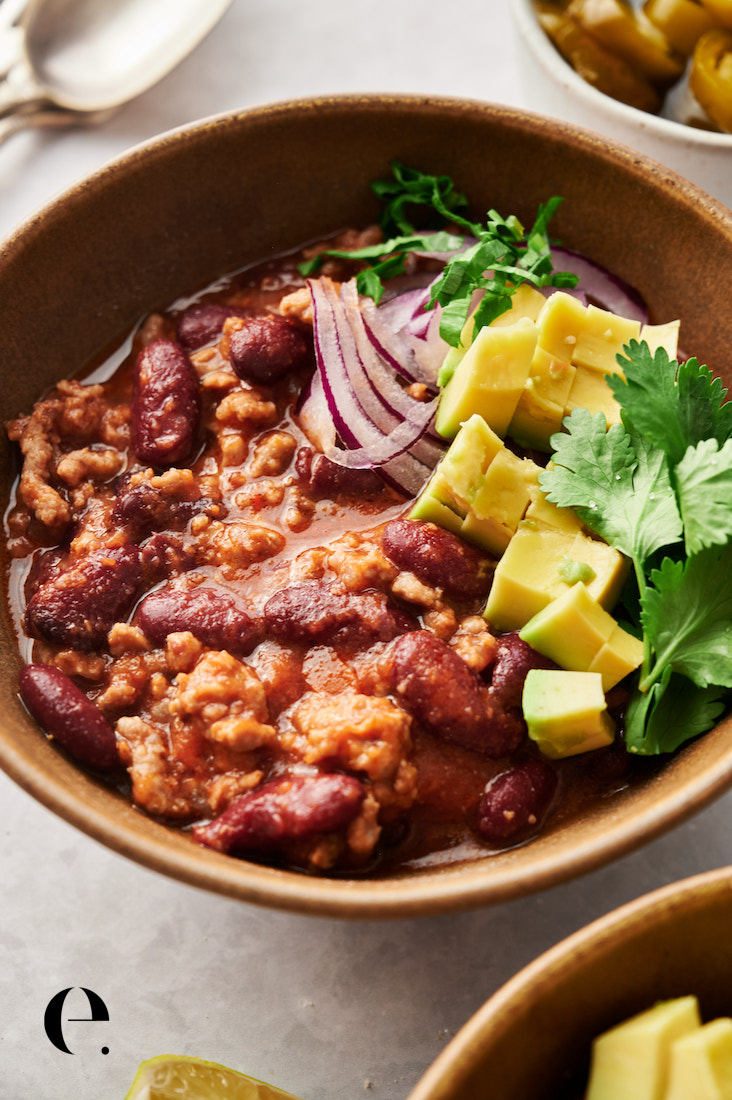
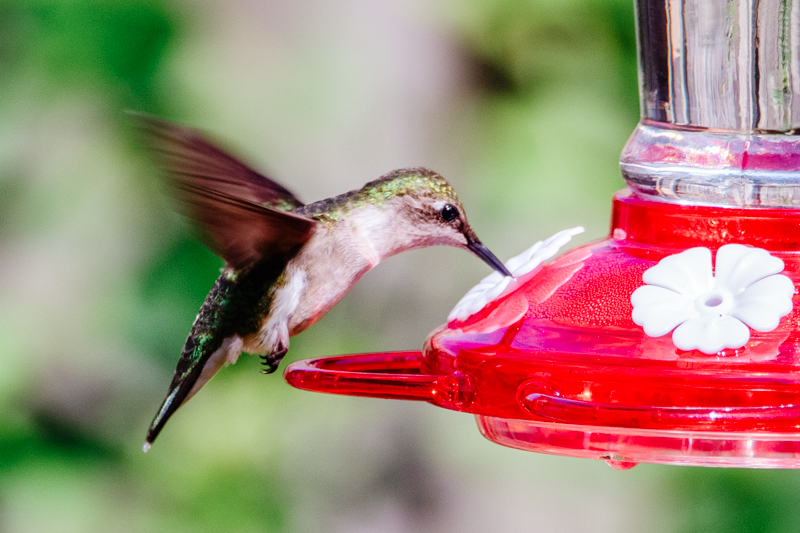
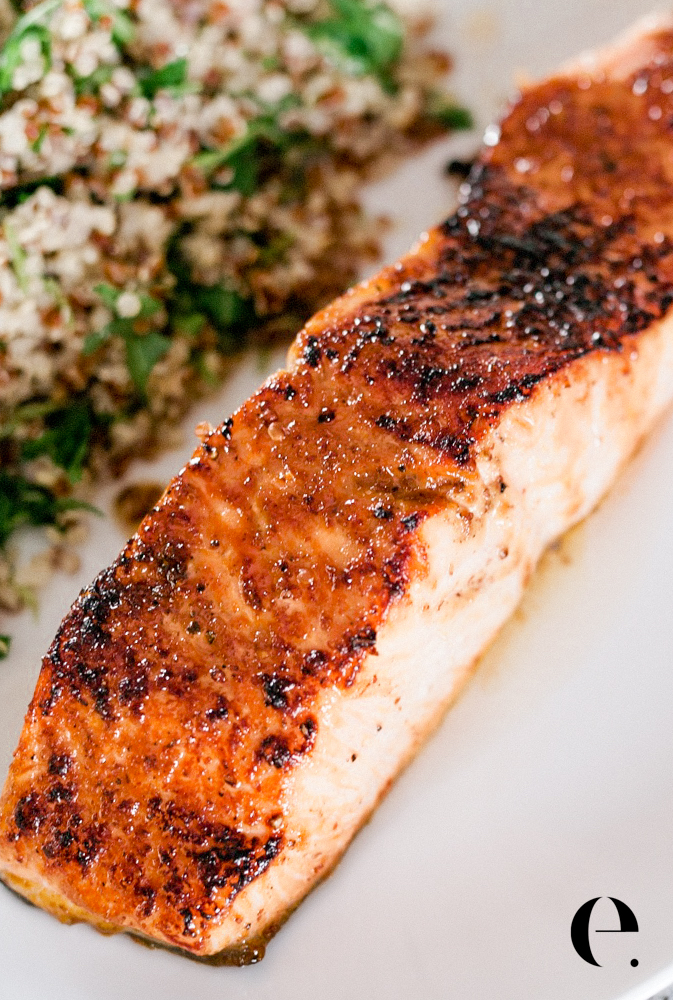
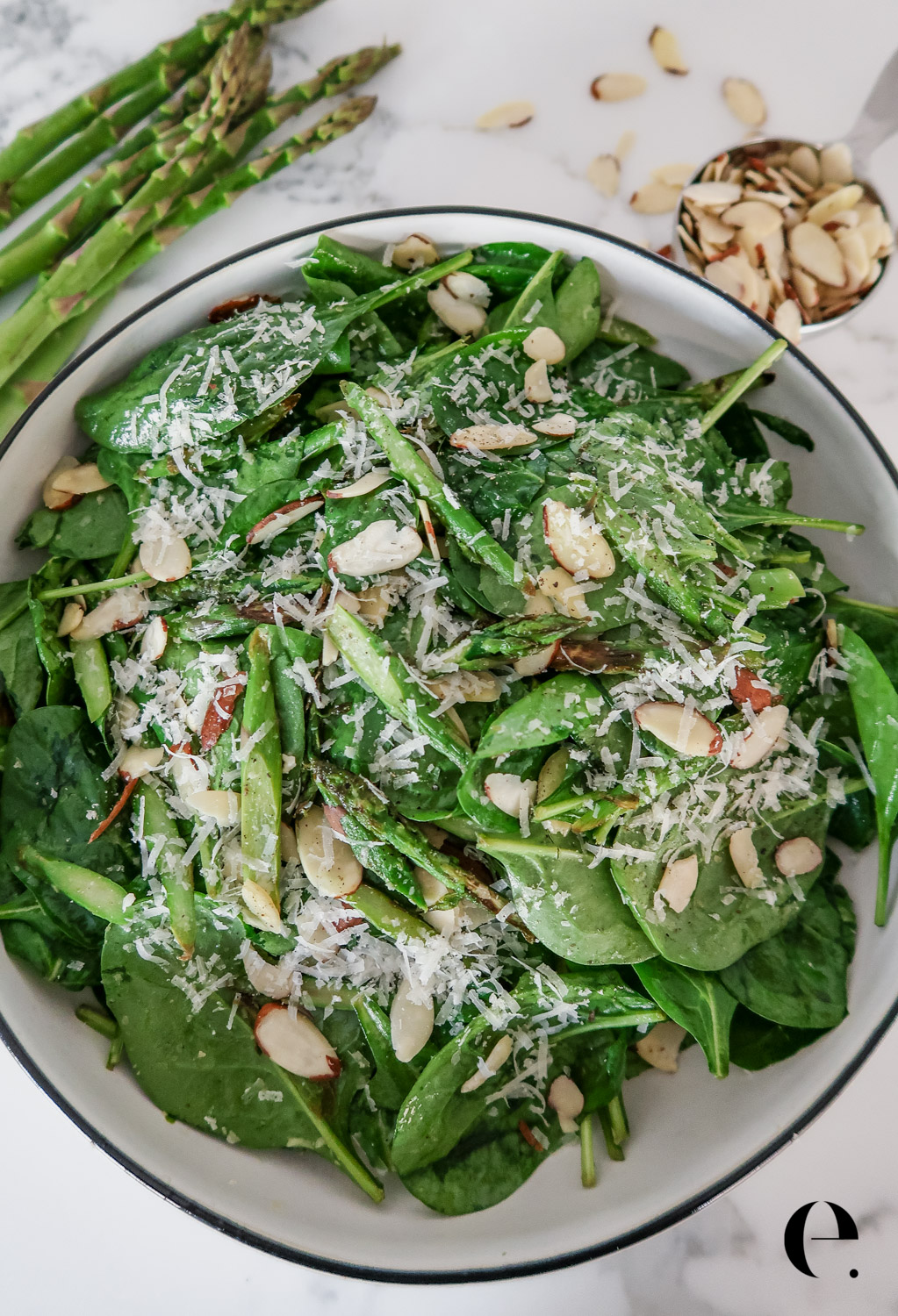
Leave A Review + Read The Comments →